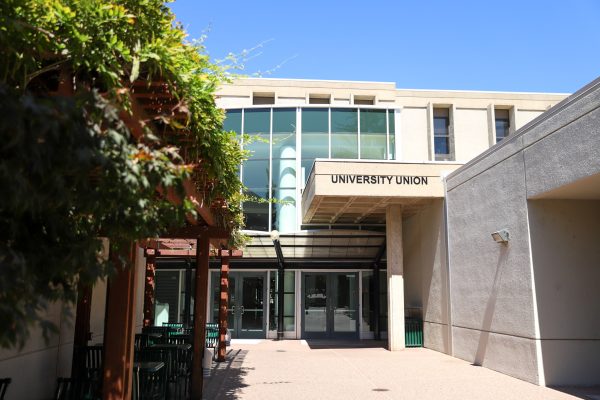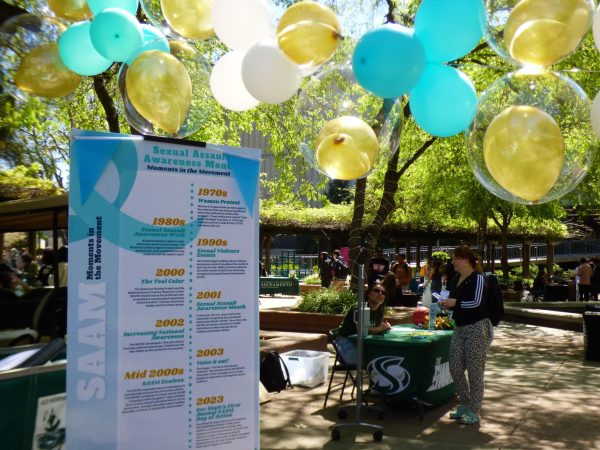Online Learning White Paper raises discussion on Cal State online education
March 27, 2014
A document containing Sacramento State student input that provides information and opinion on online courses is receiving statewide and nationwide attention.
The Online Learning White Paper was drafted January 2014 by a California Student Senate Association team, including representative and Sac State student Anthony Gibson who led the group.
“Our focus was to create a document that accurately represented student opinion on online education in the CSU, but also set a new vision for what it can become,” Gibson said.
California State Student Association Executive Director Miles Nevin said decision makers are contacting them to give thanks for publishing the document.
“The next steps for us are to observe how the conversation changes,” Nevin said. “In Sacramento, for example, what type of legislation will be introduced to the current legislative session that the committee differed from last year?”
The Student Senate for California Community College, a representative of all students in the community college system, were inspired to consider creating its own version of the white paper.
Gibson said praise and acceptance from the community college system is helpful because it is bringing together a more unified voice towards the improvement of online education.
“We set this precedent, this tone, and now people are following along,” Gibson said. “It was half a million students taking (the) lead. Now it’s 3 million students coming together across different systems.”
Gibson said the white paper is reaching decision makers all over California and across the country, including other universities such as Virginia Commonwealth University.
Besides colleges, private companies like McGraw-Hill are starting to ask for student opinion on its content.
Biological sciences major Travon Faten is enrolled in an online music survey class that he said has an overwhelming workload.
Faten said the lessons are not divided up evenly for each section, making some weeks harder than others.
“I would have a lesson that would go on for three chapters without an exam, then you would get one with 39 questions,” Faten said. “Depending on how much you retain, you either get it or not.”
Gibson said faculty members who designed the online programs are starting to realize the new generation has been growing up on Facebook and Instagram as opposed to the former generation, explaining why there is a huge disconnect between students and online courses.
“Today’s students grew up with smartphones next to their heads to wake up in the morning,” Gibson said. “The administration and decision makers of California grew up in a time where it was computers the size of rooms.”
Faten said the experience from online coursework depends on the program and the subject being taken. He had a better experience working with an actual math teacher, because he did not learn anything from his online math class.
“The math program I used didn’t let me utilize any hotkeys on my keyboard, so it was really difficult,” Faten said. “You had to type in everything.”
Despite Faten’s experience with the math course last semester, he is having a better time with a hybrid music survey class this semester, providing audio and video links to further his learning opportunities.
“In contrast to the program I had last year, this one had more for me to learn,” Faten said. “It’s simplified, to the point and if you need further clarification on different things, they would have links provided to help you.”
The white paper as a centralized document of information and opinion on online education continues to garner attention from all parts of the state.
“I’ve got people calling me every single day, asking questions about it,” Gibson said. “It’s getting a lot of attraction.”








































































































































